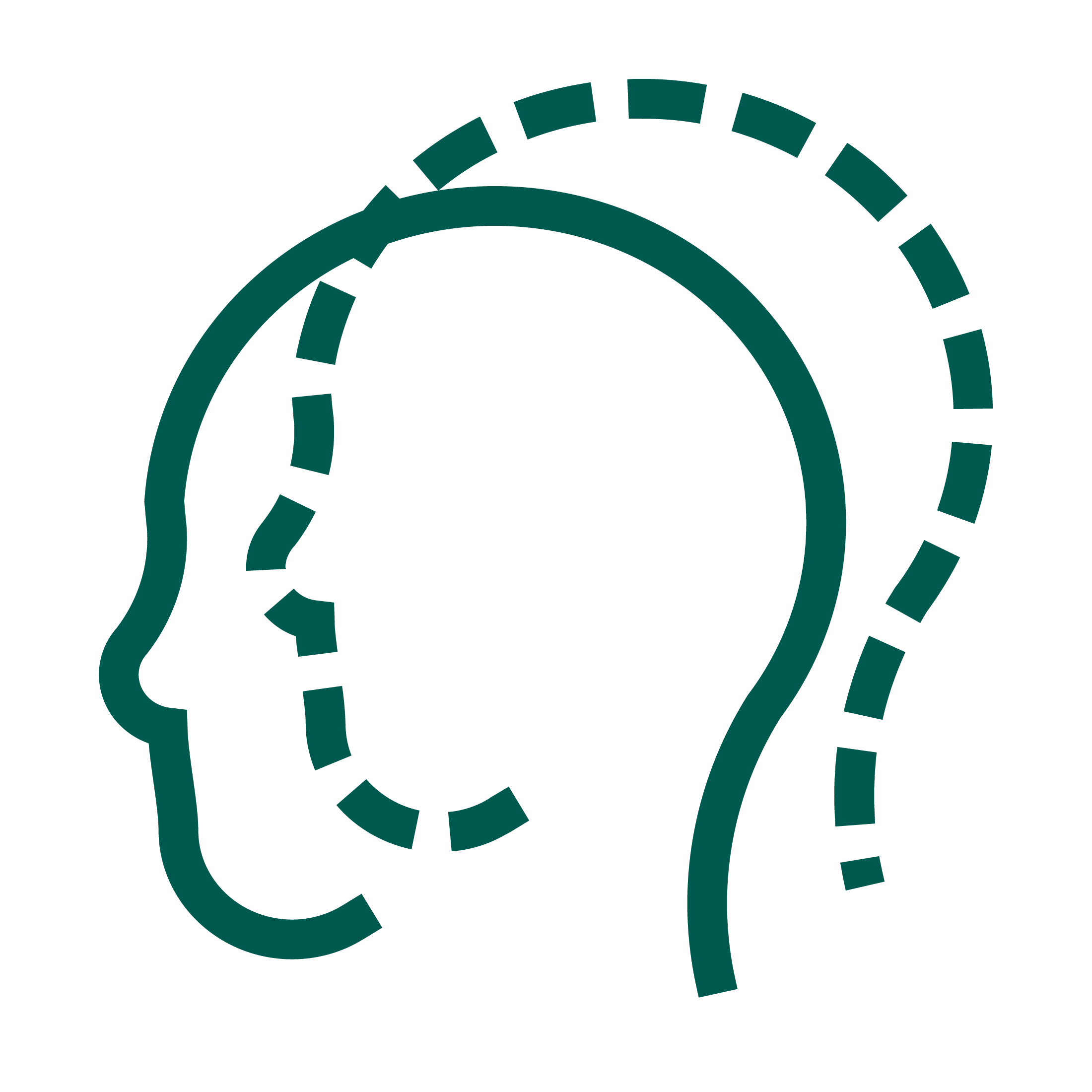Trauma’s Impact on the Brain and Body
Learning how trauma impacts the brain and body can be a validating first step toward understanding your lived experiences as…
Once your group has cycled through all 27 meetings, you can revisit these materials to build on what you've learned and practiced.
If you are a new participant, you can join the group no matter where they are in the curriculum. Feel free to contact your group leader to find out what topic you'll be focusing on next.



























Where
Do I start?